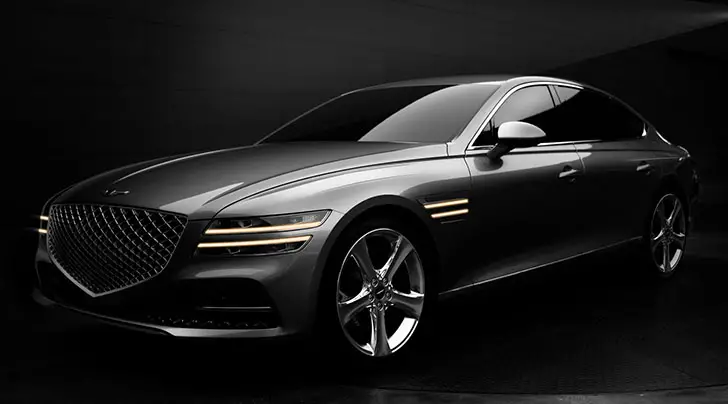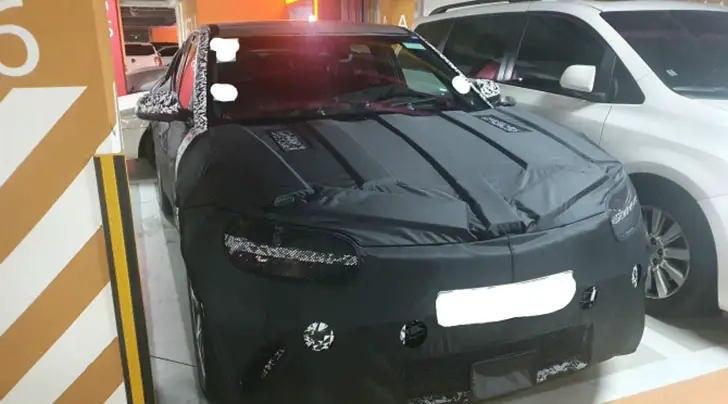Hyundai-Kia Automotive Group used their annual International Powertrain Conference in Namyang, South Korea to announce a pair of new powertrain technologies, both of which will soon be found in vehicles across the Hyundai and Kia lineup.
The first of those is a 6-speed automatic made specifically for hybrid electric vehicles such as the next-generation Sonata and Optima hybrids.
The new technologies integrate with the electric motor to deliver a number of benefits to the driver.
The way the powertrain is set up is unique in that the all of the hybrid components are contained within the transmission. This helps improve fuel efficiency while minimizing energy losses.
The torque converter has been completely removed, but the new powertrain get a new traction motor and electric oil pump.
The new engine clutch, which has less clutch discs than before, and a lighter torsion damper have been added to reduce drag and make the use and transfer of power more efficient.
The biggest change can be found with the oil pump system and the addition of the new electric oil pump.
It is there in place of the mechanical oil pump, and that means a definite increase in fuel efficiency.
This new setup allows the system to be optimized to suit all kinds of different driving conditions.
All told, the removal of components means that the new system is lighter than before, coming in at 130kg. Despite that weight reduction, it still delivers 280 Nm (28.5 kg.m) of torque.
1,0L T-GDI Turbo Engine That Meets Euro6 Emission Standards
The second powertrain is the new 1.0-litre T-GDI 3-cylinder engine, which was first shown off at the 2014 Paris Motor Show.
The plan with this one is to potentially replace larger displacement natural-aspirated engines on order to improve fuel efficiency and CO2 emissions.
This particular 3-cyclinder engine takes its inspiration from the Kappa 1.0-liter MPI engine that includes new technologies such as GDI and a small single-scroll turbocharger.
The 1.0-litre T-GDI engine produces 120 horsepower and peak torque of 172Nm and should start appearing the Kia and Hyundai models.
Low-end torque is improved courtesy of an electronically controlled waste-gate that also helps with fuel economy thanks to a reduction in pumping friction.
Also featured is a high pressure fuel system and a 6-hole laser-drilled GDI injector that makes for clean combustion and an improved fuel economy and emissions so that Euro6 standards can be met.
A split-cooling setup is used so that different temperatures in the cylinder head and block area can be easily managed.
The cylinder block is quick to heat so that it can run efficiently, while the cylinder head operates at moderate temperatures in an effort to stop knock tendency and deliver better fuel economy.
The cylinder head and exhaust manifold are integrated to keep the exhaust gas temperature in check using the cylinder head water jacket around the exhaust port.
All of that adds up to faster warming times and a reduction of emissions and fuel consumption.


